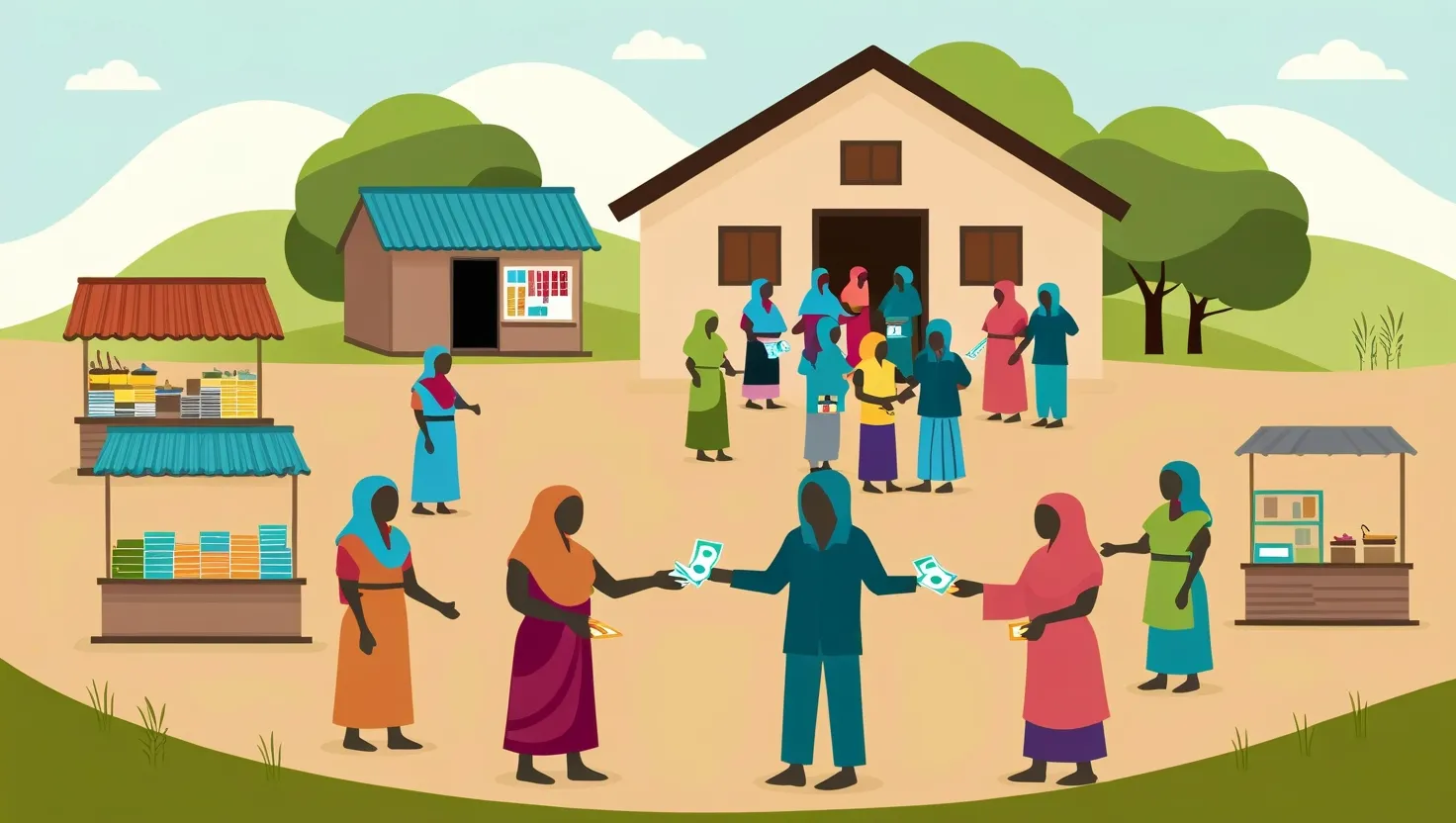When the concept of microfinance first emerged, it was hailed as a revolutionary tool to lift people out of poverty. The idea was simple yet powerful: provide small loans to individuals who lack access to traditional banking services, and watch as they use this capital to build thriving businesses and improve their lives. However, as time has passed, the reality of microfinance has proven to be far more complex and often fraught with unintended consequences.
One of the most significant issues with microfinance is its impact on small and medium-sized enterprises (SMEs). While microfinance institutions (MFIs) were intended to fill a gap in the financial system, they have inadvertently created a new set of problems. For instance, as small firms grow and outgrow the microfinance sector, they often find it challenging to transition to conventional financial institutions. These larger institutions are hesitant to downscale and develop lending instruments suitable for smaller firms, partly because the market segments are narrowed down by the upscaling MFIs. This “graduation problem” results in SMEs facing reduced access to credit, a critical barrier to their continued growth and development.
Another critical aspect is the way microloans are actually used by borrowers. The founding assumption of microfinance was that loans would be invested in businesses, but in reality, much of the microcredit goes towards “consumption smoothing.” This means that borrowers use the loans to manage their cash flow, covering expenses such as medicine, weddings, or other immediate needs rather than investing in business expansion. While this provides short-term relief, it does not generate the income needed to repay the loans sustainably. This mismatch between the intended use and actual use of microloans can lead to a cycle of debt that is difficult to escape.
The high repayment rates often touted by microfinance programs also hide a more nuanced reality. Borrowers may achieve high repayment rates by borrowing from other microfinance programs or using other creative, but potentially unsustainable, methods. As loan sizes increase, the likelihood of delayed payments or default also rises. This creates a precarious situation where borrowers are under immense pressure to repay loans, often leading to bad financial decisions that can exacerbate their economic woes.
Moreover, the economic context in which microfinance operates is crucial. In many developing countries, the lack of robust economic development, governance, legal frameworks, and the rule of law significantly diminishes the potential of microfinance to alleviate poverty. Without stable institutions and equal opportunities, microfinance can become just another layer of complexity in an already challenging environment. For example, in areas with high corruption and low trust in government, the benefits of microfinance are often overshadowed by the broader systemic issues.
The involvement of private investors and profit-driven models has further complicated the microfinance landscape. As microfinance became more profitable, it attracted investors seeking high returns, such as hedge funds and investment banks. This shift has changed the nature of microfinance, prioritizing profitability over social impact. The result is a crisis of conscience within the microfinance community, where the focus on making a profit can lead to neglect of the well-being of the borrowers.
One of the lesser-known but significant consequences of microfinance is its impact on social networks and informal credit systems. Studies have shown that the introduction of MFIs can reduce social network links, including those that serve as informal sources of credit and insurance. This disruption can be particularly harmful in communities where these networks are vital for survival. For instance, in India, the presence of MFIs led to a sharp decline in local borrowing activity, especially among households that were unlikely to borrow from MFIs.
The flexibility of microcredit products is another area that requires careful consideration. While flexible repayment contracts can help business owners withstand negative shocks and increase profits, they also come with risks. For example, providing a grace period or allowing borrowers to defer payments can increase the likelihood of default, especially among first-time borrowers. This highlights the need for a deeper understanding of which types of borrowers may benefit from such flexibility and which may be at greater risk.
The high interest rates charged by microfinance organizations are another critical issue. Rates that can range from 30% to 60% annually can be crippling for borrowers who are already struggling to make ends meet. Even though these rates are often lower than those charged by informal moneylenders, they can still lead to a situation where borrowers become poorer as a result of taking out microloans.
In contrast to the hype surrounding microfinance, the most effective way to alleviate poverty may not be through small loans but through creating jobs and increasing worker productivity. For instance, lending a large sum to a single entrepreneur to set up a business that employs many people can have a more significant and sustainable impact than distributing small loans to numerous individuals. This approach can exploit economies of scale, use modern manufacturing processes, and enrich both the business owners and their employees.
The microfinance movement was initially praised for addressing a fundamental flaw in the formal banking system: the inability of poor households to access capital due to lack of collateral. However, this solution has not proven to be the silver bullet it was once thought to be. Many microenterprises remain small, lack specialized skills, and operate at a scale too small to achieve efficiencies. This leads to meager earnings and a high failure rate, contrary to the optimistic narratives often presented.
In conclusion, the story of microfinance is one of well-intentioned efforts gone awry due to a myriad of complexities and unintended consequences. While it has provided some benefits, such as helping the poor during crises and offering a form of financial inclusion, it has also led to debt traps, social upheaval, and a failure to significantly alleviate poverty. As we move forward, it is crucial to approach microfinance with a nuanced understanding of its limitations and the broader economic and social contexts in which it operates. By doing so, we can work towards more sustainable and impactful solutions that truly help people rise above poverty.






